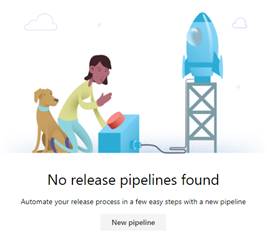Azure DevOps For Web Development – CD And Release Pipelines
Overview
This series consists of 4 articles that guide you in deploying an ASP.NET web app on Azure App Services using Azure Repos and Azure Pipelines. Previously, we discussed setting up an Azure DevOps account, creating a project, and pushing code to Azure Repos using Git.
This final article in the series focuses on automating deployments whenever a new build is available.
Continuous Delivery (CD)
Continuous Delivery (CD) involves configuring and deploying from a build to a production environment. CD reduces deployment time and helps in addressing production incidents faster through automation.
Azure Pipelines, part of Azure DevOps, is a service that facilitates Continuous Integration / Continuous Delivery. It can build applications in any language for any platform and deploy them to any cloud provider.
Release Pipeline
This segment discusses taking the artifact from the build pipeline post the completion of a build and automatically deploying it to Azure App Service. Navigate to ‘Releases’ under ‘Pipelines’ in the menu.
Click on ‘New Pipeline’.
You will see various pre-built deployment templates. Select Azure App Service Deployment for this exercise.

On the next page, click on ‘Add an Artifact’

Select the project followed by the build pipeline you previously created. The artifact will be automatically identified.
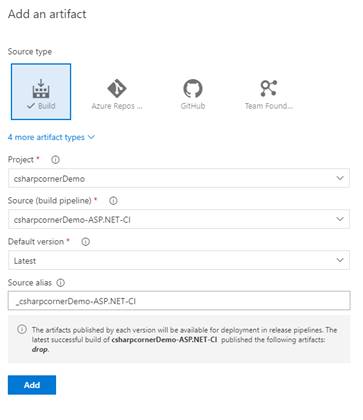
Once the artifact is selected, click on the small lightning icon to enable Continuous Deployment, leading to the creation of a release whenever a new build is ready.

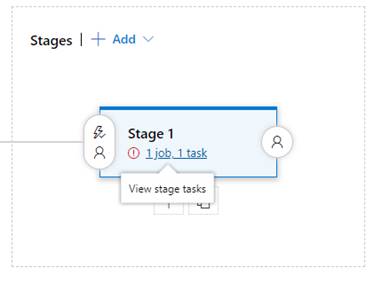
Subsequently, configure the task for the deployment stage by clicking on the stage.
On the task configuration page, authenticate your Azure subscription, select the resource for deploying the web app, and save the settings.
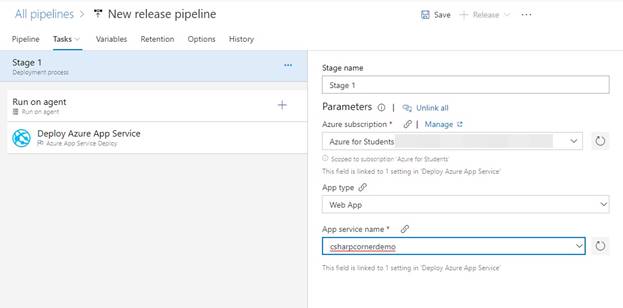
By this stage, a basic release pipeline has been set up for our demonstration.

For more complex scenarios, advanced release management with staging and deployment stages may be required.

Various stages can deploy to different deployment slots in an Azure App Service, which can be configured within the staging task.
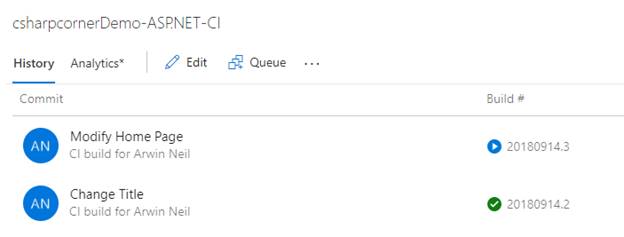
Pre-deployment and Post-Deployment actions can also be configured, allowing designated users to approve the deployment to the subsequent stage by simply clicking on the individual.
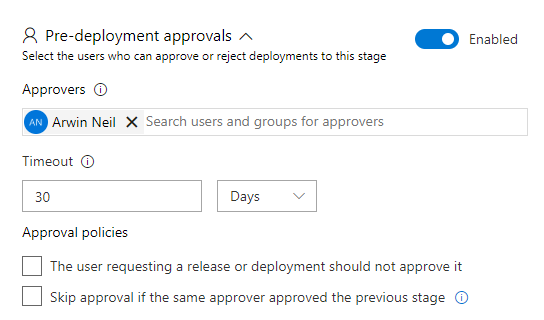
Now that the Continuous Delivery (CD) is established, the complete CI/CD solution developed across the 4 articles can be tested. A sample workflow includes starting with an empty Azure App Service that is now live.
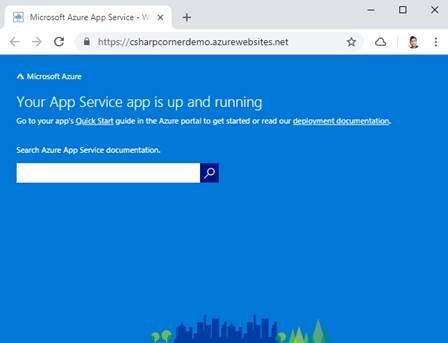
- Make code modifications and push commits. (Discussed in Part Two).
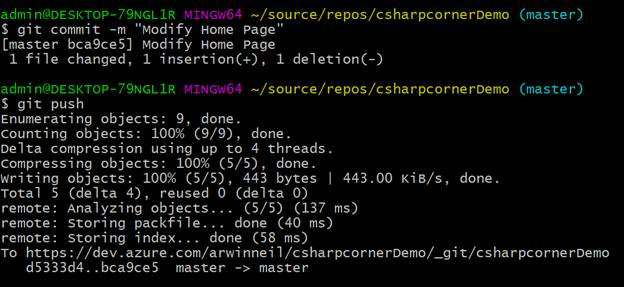
- The continuous integration build pipeline is activated. (Detailed in Part Three).


- Upon successful completion of the build, the continuous deployment pipeline is triggered.

After a few minutes, the deployment process is finalized.
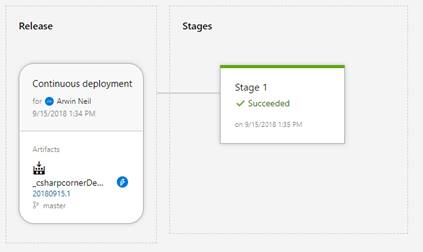
The website is now live.
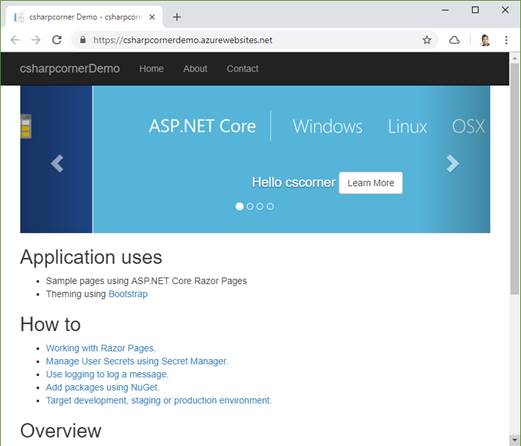
Wrap Up
The Azure DevOps for Web Development Series of 4 articles provided a fundamental understanding of utilizing Azure DevOps, a versatile tool that facilitates quicker, more frequent, and more confident project deliveries.
Discover more about our organization at Skrots. Explore the various services we offer at Skrots Services. Also, check out all our blogs at Blog at Skrots.
